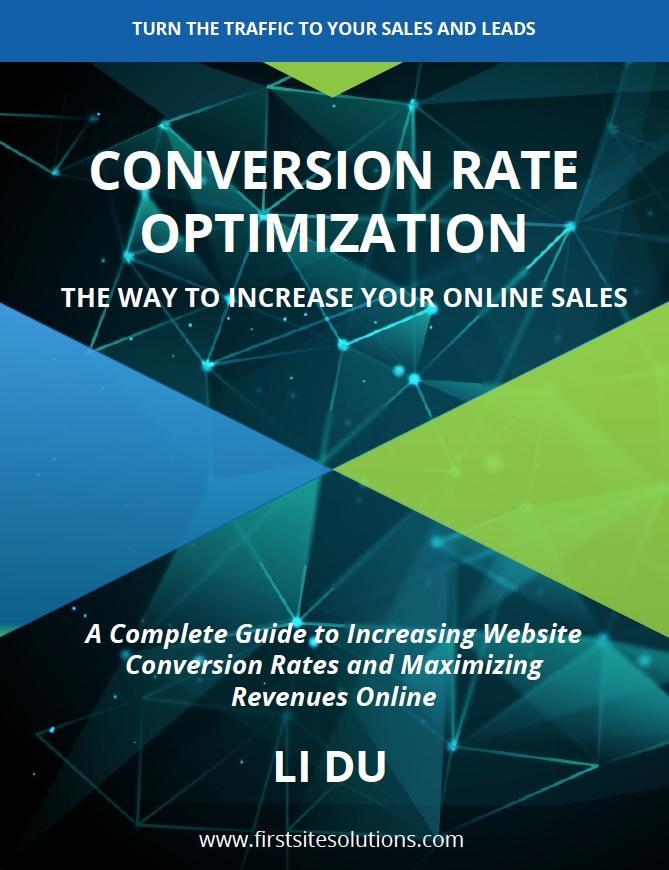
Streamlining your business processes can help to maximize efficiency in the workplace and improve productivity. As a leader, take ownership of these processes and become a better leader along the way by embracing the mission of making your workforce more efficient.
Restructuring your processes to flow more smoothly can positively impact customer service by making sure that everyone follows the same procedures for handling requests and complaints. This helps reduce employee turnover, keeps employees from feeling overwhelmed by giving them a set procedure to follow, keeps employees accountable, and makes your employees altogether more successful.
Fine tuning your process can also strengthen your visibility to potential clients, lead to a more cohesive branding across platforms, and keep employees and management on the same page about processes.
Revisiting old procedures will help make it easier to see where improvements to existing processes can be made. All this means that you have a better shot of making money and doing better than your competitors.
Automation is a part of this, but it is a tool, and as such, it works best in certain places and not so much in others. You need to know what you are getting into with automation and how automation can help you with a process, and which ones it can’t help with.
Here are 6 tips on how to streamline your business processes:
1. Analyze Current Workflow
It is a good idea to analyze your workplace procedures on an annual basis. Workflow analysis often reveals redundant tasks, bottlenecks, and opportunities for more automation.
Take a report of the workflow you want to examine. Analyze the statistics and see which ones are performing as required and which ones aren’t.
What kind of data do you need? Start with this list:
- Number of items in that workflow initiated over a period
- Number of items completed
- Number of items rejected
- Average, min, and max time is taken to complete each task
- Number of times a task is sent back or rejected
- Number of times an item requires extra clarification
Give employee surveys to see what they think can be improved in their department. Often the people who perform the procedures know where problem areas are and how they can be fixed. This can also help make the procedure easier for them. Ask employees at all levels from the ground level employee all the way up to VP and CEO if necessary.
Use hard data to see where there can be improvements made. Keep the big picture in mind as you are doing workflow analysis. Ask yourself the following questions when considering how to change what is not working:
- Is this step really needed? Why do we have this step?
- Can it be converted from approval to a notification?
- Does everyone have enough data to perform their tasks?
- How can we bring in more automation?
Once you make any changes to the workflow, follow up with employees to see if it is working, if the problem was resolved, and if any new problems are crept up in the meantime. Improvement is not always a smooth process. Be prepared for additional changes.
2. Make Necessary Changes
Cut out all unnecessary processes. When you do your workflow analysis ask yourself if this procedure is necessary, are employees using the step, and is management using that information to make decisions? If not, it is a good candidate for elimination. Though keep in mind, that some information is only used rarely, so ask around if that is the case.
Look for where instructions are not clear, or a step is not plainly explained.
Set benchmarks to reassess every so often.
Wesley Ward, marketing manager of Hausera suggests, “Use hard data to show employees what works well. Break the workflow down into smaller, more manageable steps.” He continues, “Prioritize each process or step by importance, which processes are the most crucial and which are no longer needed or need improvement.”
Consider empowering staff to use new processes by offering incentives for new creative ideas.
3. Automate as Much as Possible
In today's fast-past workplace, where everyone is trying to create more faster, automation calls really help speed things up. Automating processes can also free up time for employees to work on other, less mundane tasks.
Start with processes that are repetitive and low value. These are the easiest tasks for computers to do and will have the lowest impact on your business if things don’t go well.
Sell the benefits of automation to your employees. While there is a genuine concern that automation will mean that they might lose their jobs in the future, the highest performance, and those who learn new skills will often get automated into a higher position!
Use free and cheap automation software to help maximize your employee's time.
Use technology partners to form business relationships. When starting to automate processes, you need to have someone with a lot of technical expertise with the software and hardware. So, form a relationship with a vendor who understands your needs with whom you can work.
Also, when doing a workflow analysis, mark which workflows would work best for automation and start with those.
4. Start Improving at the Very Beginning
First, consider to you need a new employee, or is this a job (such as email marketing, public relations, web design, accounting, manufacturing) that can be outsourced much more cheaply. This will also save you the cost of interviewing and searching for applicants. Also, short-term contract employees or freelancers can be a great option for short-term projects.
When hiring candidates make sure you are getting the best people for the job by using very specific job postings and having knockout questions. Improve your onboarding experience to make sure new employees understand their position and can quickly learn the job.
A knockout is a streamlined hiring step in which candidates are “knocked out” or disqualified for failing to meet a pass/fail barrier. Establish predetermined minimum qualifications required for the role (such as education and experience level), filter through applications, and objectively eliminate any candidate who’s unqualified.
Also, have knockout questions during the interview. These are questions that determine whether a person is qualified to do a job, and whether they demonstrate experience or competence with a key task.
Once the new employee has been hired and is ready to get to work, set expectations early so that they know what they need to do and who to go to for support. Also, check-in often to make sure new employees are meeting their goals and not having any troubles.
Ask new employees for feedback on how onboarding can be improved.
5. Test Your New Workflow
Document everything new and old that you are doing to be able to see if it is working well. If employees are reporting issues or problems, make notes of those too so that you know where to begin to look for solutions when you have time to analyze the workflow.
Set high goals for your employees and then check in on them often to make sure that they are meeting them and, if they are not, what can you do to help them meet their goals?
Regularly, look at qualitative and quantitative data to see if efficiency is going up. This can be on a weekly or even daily basis.
Look at employee morale to see if processes are helping employees do their job better. Employees that are motivated to work hard and are happy are more productive than unhappy, unmotivated employees.
6. Refine Your Workflow Process
Once you have updated your workflow processes, you are not done.
As already stated, follow up with your employees after the changes have been implemented. Does the new system solve the original issue? Has it brought up new issues?
This is especially important if you are going with automation. Automation is not the solution for everything and even when automation can be a good solution for one process or a step in a larger process, you often need to do a lot of work beforehand on what goes on in that step or process to know what the computer or machine has to do. So, go back and make sure things are working the way they are supposed to after implementing a change.
As always, change things that are not working. Find out why the changes are not working and see what can work better. Even if things are working well now, another issue might come up in the future, so keep tabs on employees at all levels to make sure that their needs are being met.
Keep refining the process until you have found a workflow that works for you and your employees. This is a constant process of refinement. You won’t be able to make changes all the time but keep a list of things that aren’t working so that when you can make changes you have an idea of where to start. Documenting things is crucial in being able to know where you were, where you are now, and where you can go next.
Give frequent surveys to employees about what they think can still be improved to get feedback on how the processes are working. This will help you employees feel heard and will also help you become a successful leader. Having the time to be a successful leader is important because your employees need to be able to confide in you for help with their most important tasks. If you don’t have the time to devote to helping your employees become better, they aren’t being set up for success.
Outro:
Improving your business's work processes is important. It improves your company’s workflow, it can save you time, can be more cost-efficient, can lead to better communication, can improve documentation, and it can identify bottlenecks. Having a successful workflow will also help your employee satisfaction rate, mitigating any future negative online business reviews. Keep these tips in mind the next time you decide to review your current processes for a better overall streamlining of your business process.








